About the Talk
Geomythology: The Quest for Scientific Explanations of The Great Flood and Other Mythical Catastrophes
 Myths from many cultures around the world contain descriptions of phenomena or events that bear a striking resemblance to natural disasters including floods, earthquakes, volcanic eruptions, tsunamis, and meteorite impacts. Geomythology is an emerging discipline that combines geology, archaeology, mythology, and history to investigate the possibility that some of these mythical “stories” may in fact be garbled accounts of actual events that occurred in the distant past. There is strong evidence that some myths originated over 7,000 (and possibly up to 40,000) years ago. Thus a major challenge in geomythology is to see through the changes these stories underwent as they were passed down orally over hundreds of generations. In this talk we will examine the origins of the Great Flood story, analyzing the Biblical and Mesopotamian versions as well as possible linkages to catastrophic flooding of the Black Sea. We will also discuss Plato’s account of the sinking of Atlantis and several stories that appear to have originated with earthquakes and tsunamis. Included among the latter are legends from the Pacific Northwest that feature battles between the Thunderbird and the Whale, a motif now recognized as a tsunami metaphor.
Myths from many cultures around the world contain descriptions of phenomena or events that bear a striking resemblance to natural disasters including floods, earthquakes, volcanic eruptions, tsunamis, and meteorite impacts. Geomythology is an emerging discipline that combines geology, archaeology, mythology, and history to investigate the possibility that some of these mythical “stories” may in fact be garbled accounts of actual events that occurred in the distant past. There is strong evidence that some myths originated over 7,000 (and possibly up to 40,000) years ago. Thus a major challenge in geomythology is to see through the changes these stories underwent as they were passed down orally over hundreds of generations. In this talk we will examine the origins of the Great Flood story, analyzing the Biblical and Mesopotamian versions as well as possible linkages to catastrophic flooding of the Black Sea. We will also discuss Plato’s account of the sinking of Atlantis and several stories that appear to have originated with earthquakes and tsunamis. Included among the latter are legends from the Pacific Northwest that feature battles between the Thunderbird and the Whale, a motif now recognized as a tsunami metaphor.
About the Speaker
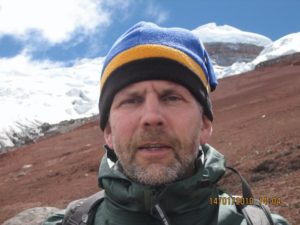
Jeff Tepper is a Professor and Chair of the Geology Department at the University of Puget Sound. He received his AB from Dartmouth College and his MS and Ph.D. from the University of Washington, where he studied the origins of granites in the North Cascades. After teaching on the east coast for ten years, he joined the faculty at Puget Sound in 2001. Dr. Tepper’s research uses geochemistry to investigate geologic questions. He and his students are currently studying the Eocene magmatic and tectonic history of the Pacific Northwest, the environmental history of the Puget Sound area as recorded in lake sediments, and the behavior of heavy metals in sediment.

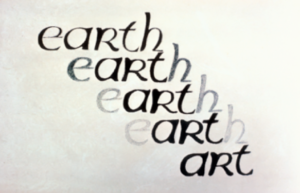 The premise of Dr. Pestrong’s presentation is that Art is central to the Earth, both figuratively and literally. If you cover the first and last letters of the word “Earth”, there is “art”. This is a symbolic indication of how integral Art is to the Earth and how aspects of the Arts enhance our understanding of Earth Sciences.
The premise of Dr. Pestrong’s presentation is that Art is central to the Earth, both figuratively and literally. If you cover the first and last letters of the word “Earth”, there is “art”. This is a symbolic indication of how integral Art is to the Earth and how aspects of the Arts enhance our understanding of Earth Sciences.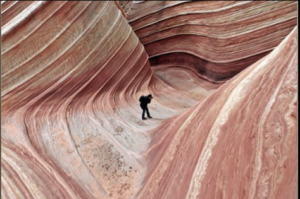
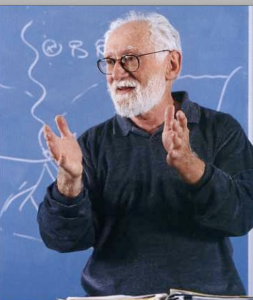 Ray Pestrong is an Emeritus Professor of Geology in the Department of Earth & Climate Sciences at San Francisco State University. For 44 years, he has taught geomorphology and engineering geology, as well as numerous general education courses in introductory geology. Dr. Pestrong has written college texts and scientific articles and has produced geologic videos. For the past 22 years, Ray has led rafting trips on the Colorado River through the Grand Canyon. What he loves most is teaching and the exciting interactions possible through that venture.
Ray Pestrong is an Emeritus Professor of Geology in the Department of Earth & Climate Sciences at San Francisco State University. For 44 years, he has taught geomorphology and engineering geology, as well as numerous general education courses in introductory geology. Dr. Pestrong has written college texts and scientific articles and has produced geologic videos. For the past 22 years, Ray has led rafting trips on the Colorado River through the Grand Canyon. What he loves most is teaching and the exciting interactions possible through that venture.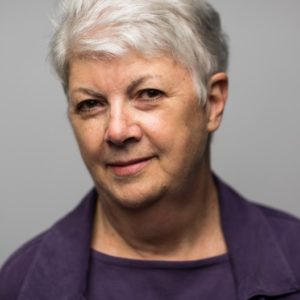 Dr. Nesbitt is Curator of Paleontology at the Burke Museum and Earth Sciences professor at the University of Washington. She received her doctorate from the University of California, Berkeley.
Dr. Nesbitt is Curator of Paleontology at the Burke Museum and Earth Sciences professor at the University of Washington. She received her doctorate from the University of California, Berkeley.